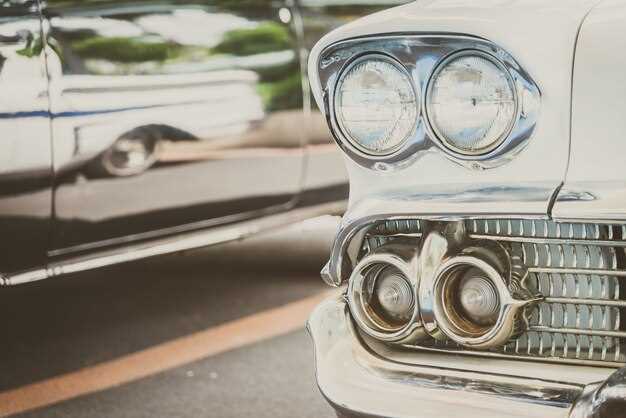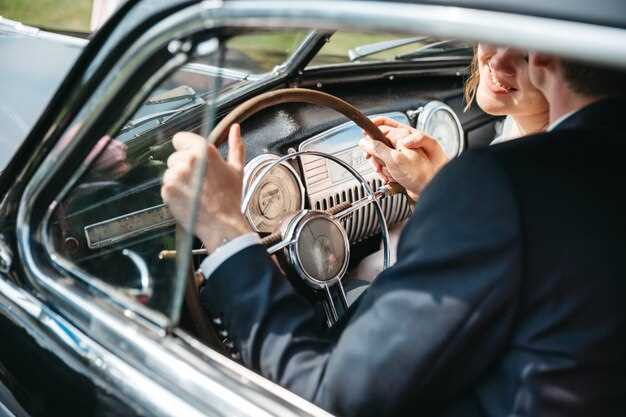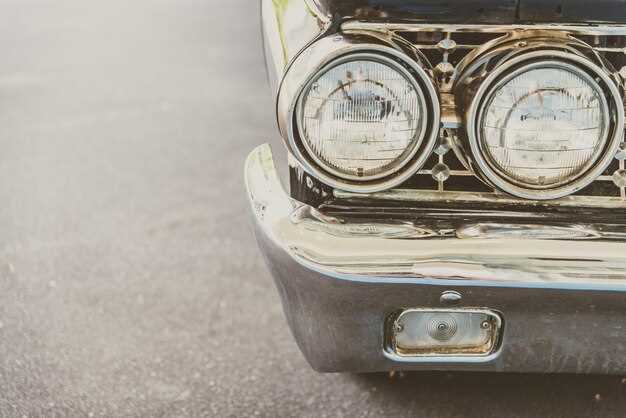
Classic car competitions are a celebration of automotive excellence, craftsmanship, and history. Enthusiasts gather to showcase vehicles that not only embody aesthetic appeal but also represent significant milestones in automotive design and engineering. Judges play a crucial role in these events, meticulously evaluating each entry against an established set of criteria. Understanding these key factors can provide valuable insights into what makes a classic car truly stand out in a competitive environment.
One of the primary considerations for judges is the authenticity of the vehicle. A car that remains true to its original specifications, including components, colors, and finishes, is often highly prized. Judges assess whether modifications have been made and how they affect the car’s historical integrity. Subsequently, condition is examined; vehicles must not only look good but also function correctly. An exceptional restoration can significantly enhance a car’s chances of winning, but it must be done with a focus on both mechanical reliability and visual appeal.
Additionally, historical significance plays a key role in the judging process. Cars with unique backstories or that have participated in notable events tend to capture the judges’ attention. This narrative element adds depth to the evaluation, as vehicles that carry a rich history often resonate more with both judges and spectators alike. Presentation is another critical aspect; how a car is displayed, including cleanliness and organization, can sway judges’ opinions. An immaculate presentation not only reflects the owner’s pride but also enhances the overall impression of the car.
By recognizing these fundamental judging criteria–authenticity, condition, historical significance, and presentation–owners can better prepare their classic cars for competition. Success in these events is not solely based on the vehicle itself but also on the understanding and application of these essential elements.
Evaluating Authenticity: How Original Parts Influence Judging

In classic car competitions, authenticity is a critical factor that judges consider when evaluating vehicles. Original parts play a significant role in establishing a car’s historical accuracy and overall value. Many enthusiasts seek to maintain or restore their vehicles to factory specifications, prioritizing the preservation of original components over modern replacements.
Judges often look for original parts as a measure of authenticity. These components include engines, transmissions, body panels, and even interior fixtures. The presence of original parts not only reinforces the vehicle’s story but also enhances its appeal to collectors. Restoration efforts that incorporate original components typically receive higher scores in competitions, as they reflect the craftsmanship and engineering of the era.
Provenance documentation is another critical aspect that supports authenticity claims. Comprehensive records detailing the car’s history, ownership, and restoration work can significantly influence judges’ opinions. When assessing originality, judges may review invoices, photos of original components, and letters from previous owners to ensure a vehicle’s lineage matches its presented condition.
The condition of original parts also plays a vital role. Judges assess whether the parts are in acceptable working order or if they exhibit signs of wear and tear. While some wear is expected in a classic vehicle, excessive deterioration may detract from the car’s overall evaluation. Furthermore, judges often favor cars that have retained their original finishes and colors, as repainting can obscure a vehicle’s authentic identity.
Another important factor is the availability of reproduction parts. While substitutes can help restore functionality, they may fall short in terms of authenticity. Judges prefer vehicles that utilize original components whenever possible, as reproductions can diminish a car’s historical significance and appeal. In certain instances, however, quality reproduction parts can be accepted if they match the original parts in look and feel, but this often requires careful scrutiny.
Ultimately, the commitment to preserving and showcasing original parts signifies a dedication to authenticity that judges appreciate. This attention to detail not only honors the car’s legacy but also enhances the overall experience of showcasing a classic vehicle, making it a cornerstone of competitive evaluation.
Assessing Condition: The Impact of Restoration Quality on Scores

The condition of a classic car is paramount in competitions, and restoration quality can significantly influence scoring. Judges meticulously evaluate several aspects of the vehicle’s condition, including both mechanical performance and aesthetic appearance.
Firstly, the craftsmanship involved in the restoration process is a critical factor. High-quality restorations that adhere to original specifications are often favored. Judges look for attention to detail in areas such as paint quality, interior finish, and engine bay presentation. Authentic materials and correct techniques can enhance a car’s score, as they reflect the true essence of the vehicle’s history.
Additionally, the level of wear and tear on components also plays a vital role in assessing overall condition. Cars that have undergone thorough restorations with an emphasis on longevity and usability tend to score higher. Elements like suspension systems, brakes, and drivetrain efficiency are scrutinized. A car that performs reliably under tests is viewed more favorably than one that looks pristine but has unresolved mechanical issues.
Moreover, restoration narratives are taken into account during the judging process. Judges appreciate knowing the story behind the restoration, including the challenges faced and the methods employed. An engaging backstory coupled with a well-executed restoration can elevate a vehicle’s score, as it adds value and depth to the car’s presentation.
Judges also consider how well the restoration aligns with the category in which the car competes. For instance, a modified car may be scored differently compared to a model that has been restored to original factory specifications. The criteria can vary significantly depending on the competition’s focus, making it crucial for owners to understand these nuances to maximize their scores.
In conclusion, restoration quality significantly impacts how judges assess a classic car’s condition. A meticulous approach that balances authenticity with performance typically yields the best results in competitive settings.
Understanding Historical Significance: What Makes a Car Stand Out?
The historical significance of a classic car plays a pivotal role in its evaluation during competitions. Judges use various criteria to assess how a vehicle contributes to automotive history, culture, and innovation.
Provenance is paramount when determining a car’s historical importance. Documentation regarding ownership, production, and modifications adds to its story. A car with a famous past or that was owned by a notable figure tends to generate more interest and value.
Technological Innovation is another critical factor. Cars that introduced groundbreaking features, whether in performance, safety, or design, often stand out. For instance, vehicles that incorporated advanced materials or innovative engineering techniques can be viewed as milestones in automotive history.
Rarity is also significant. Limited production models or those that were part of significant events in automotive racing or history often attract attention. The fewer the units produced or remaining, the more desirable the car becomes to collectors and judges alike.
Design and Aesthetics contribute to a car’s legacy. Iconic designs that have influenced subsequent models or trends can enhance a vehicle’s standing. Aesthetic appeal, coupled with functional design, often highlights the craftsmanship and artistic vision of the era.
Cultural Impact should not be overlooked. Vehicles that have appeared in films, music, or art often occupy a special place in popular culture, which can elevate their historical significance. A car that symbolizes a particular lifestyle or movement may resonate more with judges and the audience.
In conclusion, a car’s historical significance encompasses its provenance, technological advancements, rarity, design, and cultural impact. Understanding these aspects allows enthusiasts and judges to appreciate the legacy each classic car carries, ultimately influencing its standing in competitions.
